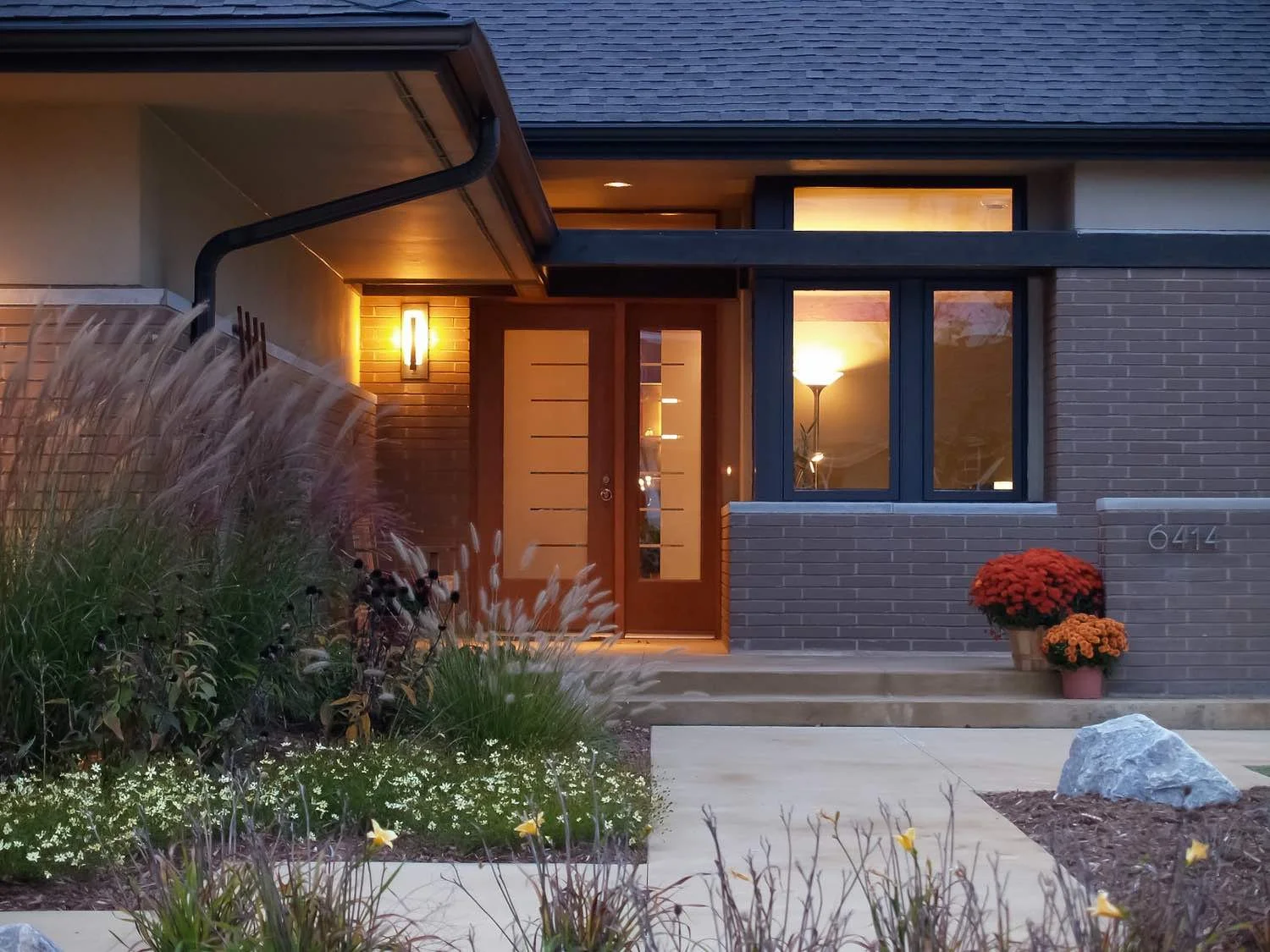Organic Style Architecture
If you’re familiar with Frank Lloyd Wright…
then you have probably heard the term “Organic Style.” This style of architecture is synonymous with Wright, as it’s a term that was coined by Frank Lloyd Wright. Organic architecture is heavily influenced by, and built around, the environments the structure is built in. These designs do not infringe upon nature, but coexist, and celebrate it. This creates a relationship that is symbiotic and unifies style, design, and natural materials/elements to shape a cohesive whole.
Organic Architecture has several principles. These qualities help to define this architecture style and set it apart from other design styles. The main purpose of organic architecture is to achieve a harmonious balance between the structure, environment, and humans. This is achieved through:
Nature & Architecture: Nature is a very important part of organic architecture. Wright's designs are known for being woven into the rocks, water, and plant life that surround these structures. Organic architecture highlights the environments these homes are built in (stone, wood, greenery, vegetation, etc...).
Light & Space: This element is dictated by light, visibility of the sky, and the overall natural surroundings. Window placement is dictated by where the sunlight is greatest, and the floor plans are typically open, creating an open flow of space through the rooms.
Co-Existing & Ecosystems: Designs created in the organic architecture style are ecosystems in and of themselves. These designs are known for leaving as little as possible of a human footprint, and not dominating the already existing landscape
This architectural style enforces the idea that all organisms should coexist in a shared ecosystem in order for all to thrive.
Some driving factors that play heavily in organic architecture include:
Form & Function: Frank Lloyd Wright was heavily influenced by his background of growing up and working on farms in rural Wisconsin. This led him to developing a great appreciation of the environment and outdoors in general. His love for the natural world greatly influenced his designs, which were heavy on the use of sustainable materials, natural colors, organic shapes & textures, as well as lots of light and the notion of bringing the outdoors into the home.
Sustainability: Many structures built in the organic architecture style, during Wright’s time, are now on the list of historical sites. This architectural style continues to influence designers, and people building homes, to use sustainable materials that are in accordance with their environments.
A few examples of organic architecture include:
Taliesin West: This home was built in Arizona in 1937, and served as Wright's winter home.
Fallingwater: Built in Pennsylvania in 1939, this home features a waterfall running through the bottom of the home, as well as locally quarried stones in wooded surroundings.
Tampere Central Library: This library was built in Tampere, Finland in 1986. It uses the Finnish rock Rapakivi granite as well as features glacial shapes and animal shapes.
Organic Architecture can be found all over the world. To begin designing your own home in this style, please see our contact page to work with one of our talented architects!

